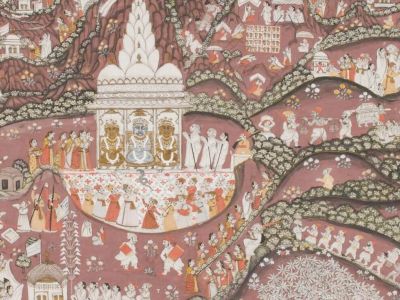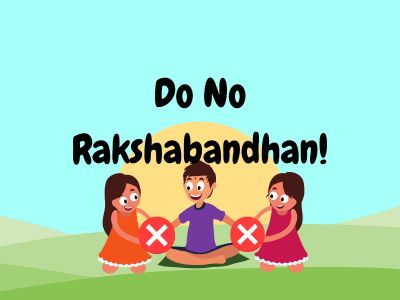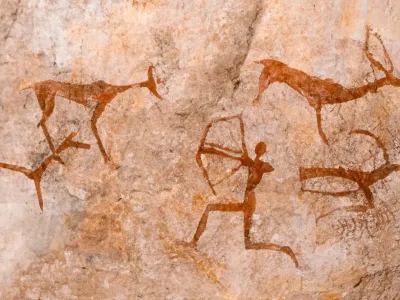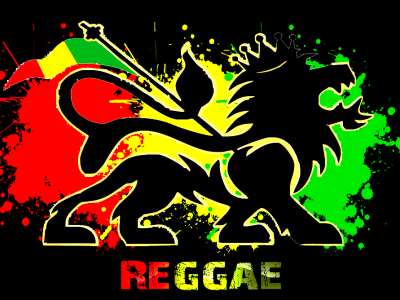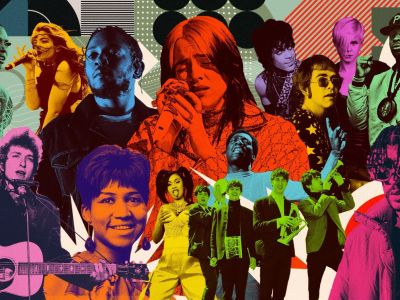Things About Countercultures
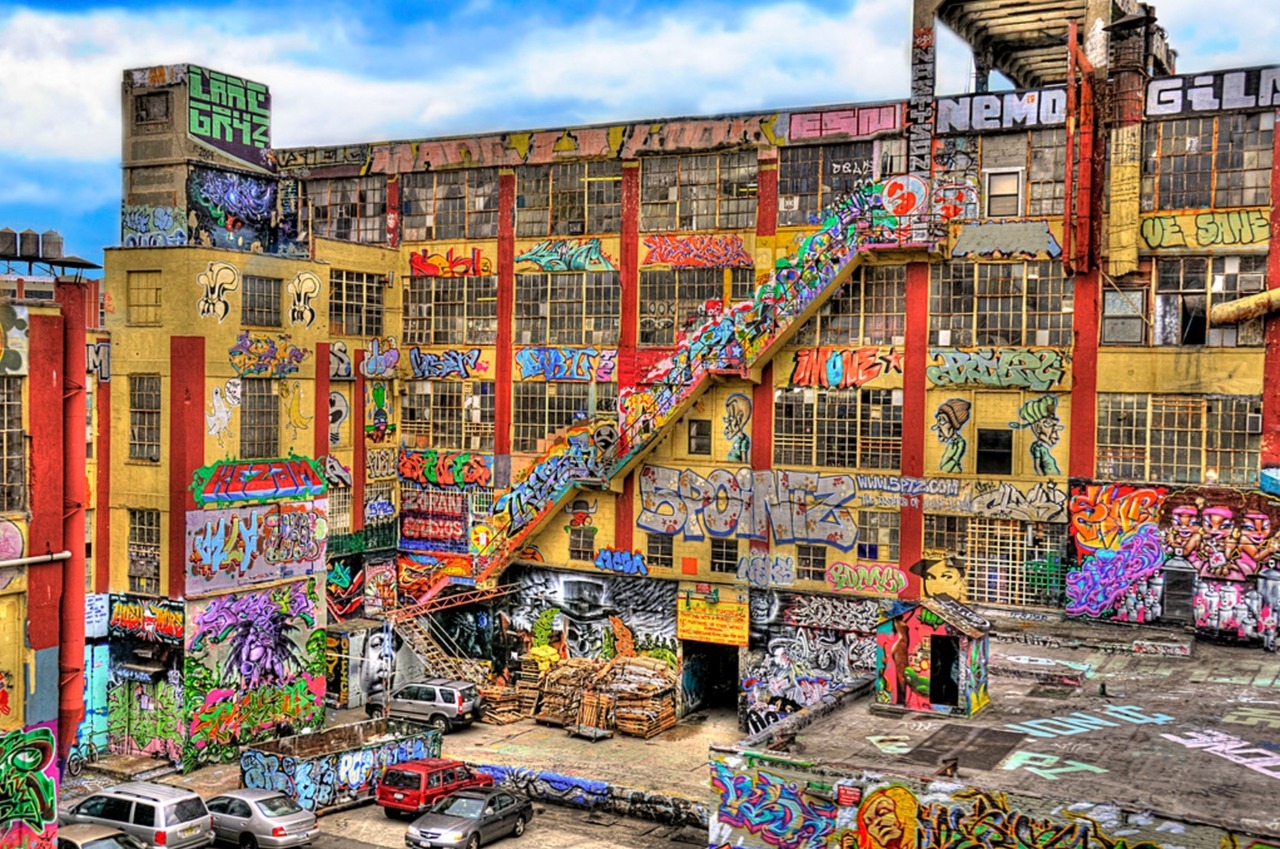
Counterculture refers to a cultural group or subculture whose values and norms differ significantly from those of mainstream society, and often seem in opposition to the dominant culture. That's what counterculture means. Some examples of countercultures in history include the hippie movement of the 1960s, the punk movement of the 1970s and 1980s, and the rave culture of the 1990s.
How have countercultures challenged the dominant culture and its values over time?
Countercultures have challenged the dominant culture by promoting alternative lifestyles, values, and beliefs. They have often been at the forefront of social and political movements, advocating for change and pushing against the status quo.
How have countercultures been perceived by mainstream society, and how have these perceptions changed over time?
Countercultures have often been viewed with suspicion or hostility by mainstream society, but as time goes on, some of their ideas and practices become more accepted and integrated into mainstream culture. Like the idea of Chanakya and aristotle to create a new state were counterculture at time eventually evolve into mainstream.
How have countercultures influenced art, music, and fashion?
Countercultures have had a significant impact on these areas, as they often provide an alternative to the dominant culture's tastes and styles. Many countercultural movements have produced influential art, music, and fashion that have challenged the norms of mainstream society.
How do countercultures form and evolve?
Countercultures often form as a response to the dominant culture and its values. They can evolve through shared experiences, communication, and a sense of community among its members.
How have countercultures influenced political and social movements?
Countercultures have often been at the forefront of political and social movements, pushing for change and challenging the status quo. They have been influential in the areas of civil rights, feminism, and environmentalism, among others.
How do countercultures handle the problem of co-optation by mainstream culture?
Countercultures can struggle with co-optation, as a mainstream culture often appropriates their ideas and styles for commercial gain. Some countercultures may actively resist co-optation, while others may try to maintain their distinctiveness by constantly evolving and changing.
What are the pros and cons of Counter cultures?
The pros and cons of the counterculture can depend on the specific counterculture in question, as well as the context in which it exists. However, some potential pros and cons of counterculture include:
Pros of countercutures:
- Countercultures can challenge the dominant culture and its values, promoting change, evolution and pushing against the status quo.
- Countercultures can provide a sense of community and belonging for individuals who feel marginalized by mainstream society.
- Countercultures can create new and innovative art, music, and fashion that challenges the norms of mainstream society.
- Countercultures can be at the forefront of political and social movements, pushing for change and challenging the status quo.
Cons of counterculture:
- Countercultures can be viewed with suspicion or hostility by mainstream society, leading to marginalization and discrimination.
- Countercultures may struggle with co-optation, as mainstream culture often appropriates their ideas and styles for commercial gain.
- Countercultures can be associated with negative behaviors or activities, such as drug use or criminal behavior, which can lead to negative stereotypes and stigmatization.
Countercultural values are often seen as taboo to mainstream society because they challenge the dominant culture's values and norms. Countercultures often reject mainstream society's beliefs and practices and promote alternative lifestyles, values, and beliefs. This can make them appear threatening or unsettling to mainstream society, which often leads to marginalization and stigmatization. Additionally, mainstream society may not understand or agree with the counterculture's values, which can also lead to a lack of acceptance.
What are some of the popular examples of countercultures around the world?
Some of the popular examples of countercultures are,
The Beat Generation of the 1950s:
The Beat Generation was a group of writers and poets who rejected the conformist values of the time and instead celebrated creativity, individuality, and nonconformity. They were known for their spontaneous, free-form writing style and their rejection of traditional societal norms.
The Hippie Movement of the 1960s:
The Hippie movement emerged in the 1960s as a counterculture to the conservative values of the time. They advocated for peace, love, and freedom and were known for their long hair, colorful clothing, and use of psychedelic drugs. They played a significant role in the Civil Rights Movement and the anti-war movement.
The Punk Movement of the 1970s and 1980s:
The Punk movement emerged as a reaction to the commercialization of rock music and the perceived complacency of society. Punk culture rejected mainstream values and promoted a DIY (do-it-yourself) ethic, often through aggressive and politically charged music and fashion.
The Rave Culture of the 1990s:
The rave culture emerged in the early 1990s as a counterculture to the mainstream club scene. Rave culture promoted the use of electronic dance music, often in underground and illegal venues, and the use of psychedelic drugs. It was known for its vibrant, non-conformist fashion and its emphasis on community and inclusivity.
Hip-Hop Culture of the 1980s:
present: Hip-Hop culture emerged in the Bronx, New York in the 1970s, as a way for African American youth to express themselves and their experiences. It is a subculture that includes music, dance, art, and fashion, and is known for its emphasis on individuality, self-expression, and resistance to mainstream values.
LGBTQ+ Rights Movement:
The LGBTQ+ rights movement emerged as a counterculture to the mainstream society's heteronormative values, which marginalized and stigmatized individuals who identified as LGBTQ+. The movement advocates for equal rights and acceptance for LGBTQ+ individuals and challenges the societal norms and discrimination faced by them.
#MeToo Movement:
The #MeToo movement emerged as a counterculture to the dominant culture's tolerance of sexual harassment and assault. It began as a hashtag on social media in 2017, and quickly spread as a way for survivors to share their stories and call for accountability from those who had harmed them. The movement challenges societal norms around power dynamics and sexual harassment and assault.
The Dalit Panther Movement in India:
The Dalit Panther Movement emerged in India in the 1970s as a counterculture to the caste system and the marginalization of the Dalit (formerly known as "untouchables") population. They rejected the traditional caste-based hierarchy and instead embraced a radical and militant stance, promoting the rights and equality of the Dalit population through political activism and art.
The Poet Rebels in Bangladesh:
The Poet Rebels emerged in Bangladesh in the 1970s as a counterculture to the oppressive government and the cultural hegemony of West Pakistan. They were known for their poetry, which often contained political and social commentary and challenged the status quo.
The Pasifika Movement in Oceania:
The Pasifika Movement emerged in the Pacific Island nations in the 1970s as a counterculture to the colonialism and the cultural hegemony of Western society. They rejected the dominant culture's values and instead embraced their Pacific Island heritage and culture, promoting the rights and equality of Pacific Islanders through political activism, art, and music.
The Gay Rights Movement in Australia:
The gay rights movement emerged in Australia in the 1970s as a counterculture to the dominant culture's discrimination and marginalization of the LGBTQ+ community. They rejected the traditional societal norms and instead advocated for equal rights and acceptance for LGBTQ+ individuals through political activism, art and culture.




